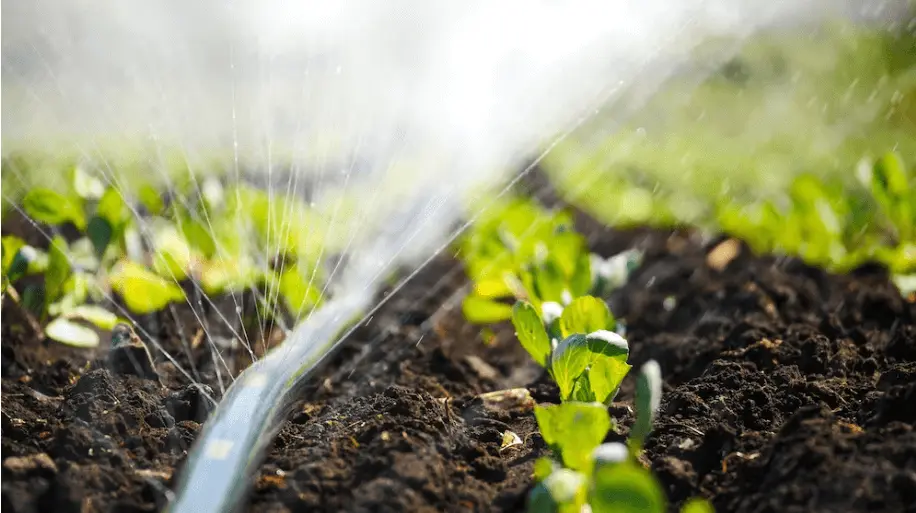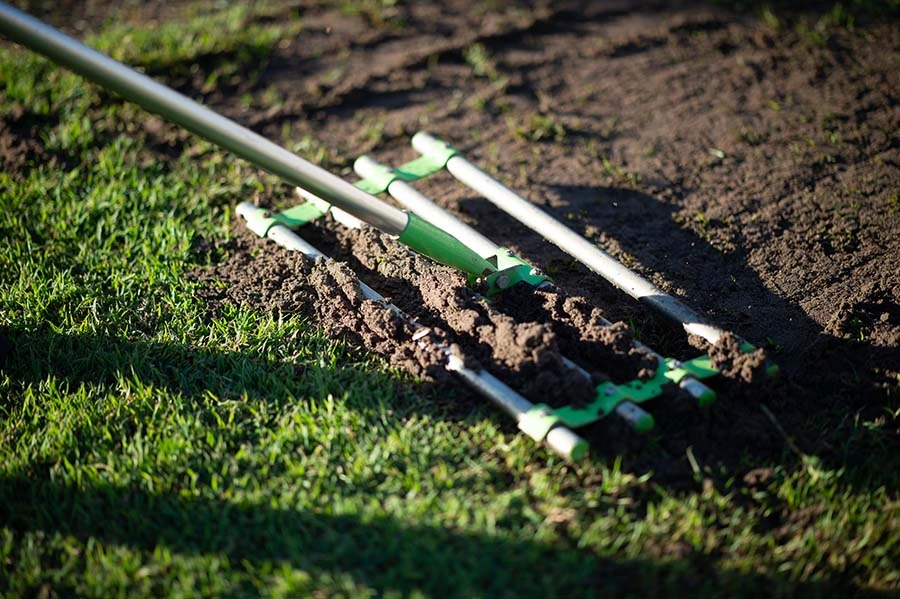A Guide To Maintain a healthy Lawn
Lawn care is essential to maintain a healthy and beautiful yard to enjoy the serenity. Michigan is known for its harsh winter condition and scorching summers. Taking care of the lawn in Michigan can be a challenging task, but this experience can become beneficial if you’re well aware and know how to tackle it. In this article, we will discuss the best practices for lawn care in Michigan and offer tips to help you achieve a lush, green lawn.
Michigan has a diverse range of soil types, including sandy, clay, and loam soils along with extreme weather conditions. It’s essential to understand the climate and soil type of your lawn to determine the best lawn care practices. When it comes to lawn care in Michigan, one important aspect to consider is the quality of the Sod and Soil used in the area.
Sandy Soil is common in the western part of Michigan. It drains quickly and makes it challenging to retain moisture. In contrast, clay soil is found in the eastern part of Michigan and holds onto water longer, making it important not to overwater the lawn. Loam soil is a mixture of sand, silt, and clay and it is ideal for lawns as they provide good drainage and retain moisture.
Sod is one of the essential ingredients in maintaining a healthy lawn. Michigan has a variety of grasses along with their traits; which means that different types of grass thrive in different regions. Some of the most common types of grass in Michigan include Kentucky bluegrass, tall fescue, and perennial ryegrass. Kentucky bluegrass is the most popular type of sod in Michigan because of its durability and adaptability to different soil types. Get more insights about choosing the perfect sod for your lawn in Michigan.
Proper watering and irrigation techniques are crucial for maintaining a healthy lawn in Michigan. Lawns require about one inch of water per week, either from rainfall or irrigation. Be cautious to overwater your lawn, as this can lead to shallow root growth and make your lawn more susceptible to disease and pests.
Consider using a sprinkler system to ensure even watering of your lawn. Avoid watering during the heat of the day, as this can lead to water evaporation. Water your lawn deeply but infrequently to promote deep root growth. Several irrigation techniques can be used for Michigan lawns.
Here are some of the most effective ones.

While choosing an irrigation technique for your lawn, it’s important to consider a few factors such as soil type, lawn size, and water availability to ensure that you select the most effective method for your needs.
In case you have attempted all the above mentioned tips and techniques to preserve your lawn but have not achieved the desired results, consider using the topdressing technique as a potential solution. Topdressing your lawn is one of the best ways to restore the overall look of your lawn.
First and foremost step is addressing thatch build-up. Thatch build-up is an intermingling of dead layers and living shoots, stems, and roots that develops between the green vegetation and the soil surface. It usually begins when turf produces organic debris faster than it can be broken down. It also affects the air and water supply of the grass.
Preventing thatch buildup, the microbes in the compost can spread evenly and provide the necessary nutrients for the deeper roots of your grass to grow healthier. You just need to add microorganisms through topdressing that breaks down the thatch layer, which makes your lawn healthier.
Furthermore, unleveled and bumpy soil can affect the overall being of soil and cause drainage issues. Topdressing prevents these issues and makes mowing much easier and effective. Hence, topdressing of soil is a crucial aspect of maintaining a healthy lawn. Do it yourself or either hire Landscaping experts like us.

Maintaining a healthy lawn in Michigan requires knowledge of the climate, soil types, and the types of grass that are suitable for the region. Top Dressing the lawn is one of the efficient ways of reviving your lawn. Homeowners can follow the above-mentioned lawn care tips to keep their lawns healthy and beautiful throughout the year. However, it is essential to remember that each lawn is unique and may require different care and maintenance techniques. If you are unsure about how to care for your lawn, it is recommended to seek the advice of a professional landscaping company, You can contact us for all your landscaping related queries.
Got a vision? Let’s bring it to life together!